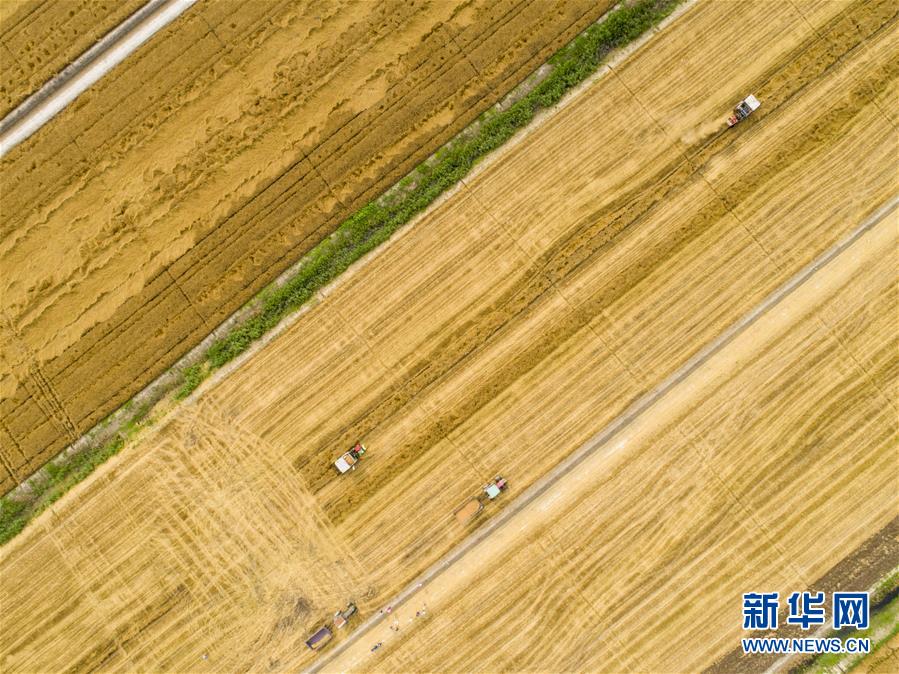【】
Dozens of glow-in-the-dark mushroom species grow around the world. But details on what makes them shine so bright have long been dim.
In a new study, scientists say they can finally explain what makes bioluminescent mushrooms glow. They describe a process of "enzyme promiscuity" that leads to changes in the intensity and colors of mushrooms' light emissions.
SEE ALSO:This frog's slime can destroy flu virusesThe researchers, who hail from Russia, Brazil, and Japan, published their findings Wednesday in the journal Science Advances.
Bioluminescence exists in a wide range of organisms, including deep sea fish, fireflies, and glowworms. In March, another group of scientists found the first solid evidence of fluorescence in amphibians, courtesy of the South American tree frog.
 Truly magical mushrooms.Credit: Cassius V. Stevani/IQ-USP, Brazil
Truly magical mushrooms.Credit: Cassius V. Stevani/IQ-USP, BrazilOf around 100,000 fungal species, about 80 are known to be bioluminescent.
Some of these emit a green light from within to attract beetles, flies, wasps, and ants, which in turn help disperse the mushrooms' spores and spread the fungi across the forest canopy, a 2015 study found.
Zinaida Kaskova and her colleagues analyzed the extracts of two such 'shrooms for their study: Neonothopanus gardneri, a fluorescent mushroom native to Brazil, and Neonothopanus nambi, a poisonous mushroom found in the rainforests of southern Vietnam.
 Neonothopanus gardneri in the light.Credit: Cassius V. Stevani/IQ-USP, Brazil
Neonothopanus gardneri in the light.Credit: Cassius V. Stevani/IQ-USP, BrazilIn most cases of bioluminescence, living organisms emit light when a molecule called "luciferin" -- from the Latin lucifer, which means light-bringer (also, Satan?) -- combines with its enzyme partner "luciferase."
When luciferin and luciferase mix together with energy and atmospheric oxygen, it triggers a chemical reaction. The result is a very "excited" oxyluciferin, which releases light energy in order to "calm down" to its lowest energy state, the scientists explained.
Previous research has characterized the luciferin-luciferase combination in bioluminescent insects, bacteria, and marine mammals. But Wednesday's study is the first to describe this in fungi.
 A bucket of Neonothopanus gardneri in the dark.Credit: Cassius V. Stevani/IQ-USP, Brazil
A bucket of Neonothopanus gardneri in the dark.Credit: Cassius V. Stevani/IQ-USP, BrazilKaskova, a researcher at the Russian Academy of Sciences' Institute of Bioorganic Chemistry, said she and her team were able to pinpoint the structure of oxyluciferin in fungi.
They found that fungal luciferase may be "promiscuous," in that it can potentially interact with multiple derivatives of the luciferin molecule in mushrooms.
Their findings could pave the way for scientists to harness bioluminescence in mushrooms. Scientists already use fluorescent molecules to track cells and proteins in biological research. This could add another tool for analytical and imaging technologies.
Featured Video For You
This Road In The Netherlands Glows In The Dark
相关文章

Give your kitchen sponge a rest on this adorable bed
Our kitchen sponges do a lot of work. Don't they deserve a good night's rest?"Sure," said design stu2025-12-19
Michelle Obama on Trump: 'You don’t get results when you go low'
When they go low, Michelle Obama still goes high.Though she's no longer America's first lady, Obama2025-12-19
Ted Cruz has a unsettling new 'beard' and people can't look away
No Shave November is almost over, but Ted Cruz's "beard" looks like it's just seconds old.On Monday,2025-12-19
Google Assistant can be your interpreter, and it's just as cool as it sounds
As cool as smart displays — like Google's Home Hub — are, I've never really wanted one.2025-12-19
Plane makes emergency landing after engine rips apart during flight
A Southwest Airlines flight bound for Orlando, Florida, made an emergency landing Saturday morning d2025-12-19
Apple sets App Store sales record during holidays, despite disastrous quarter
In the wake of a historic stock price drop, Apple surprised investors with some good news on Thursda2025-12-19

最新评论